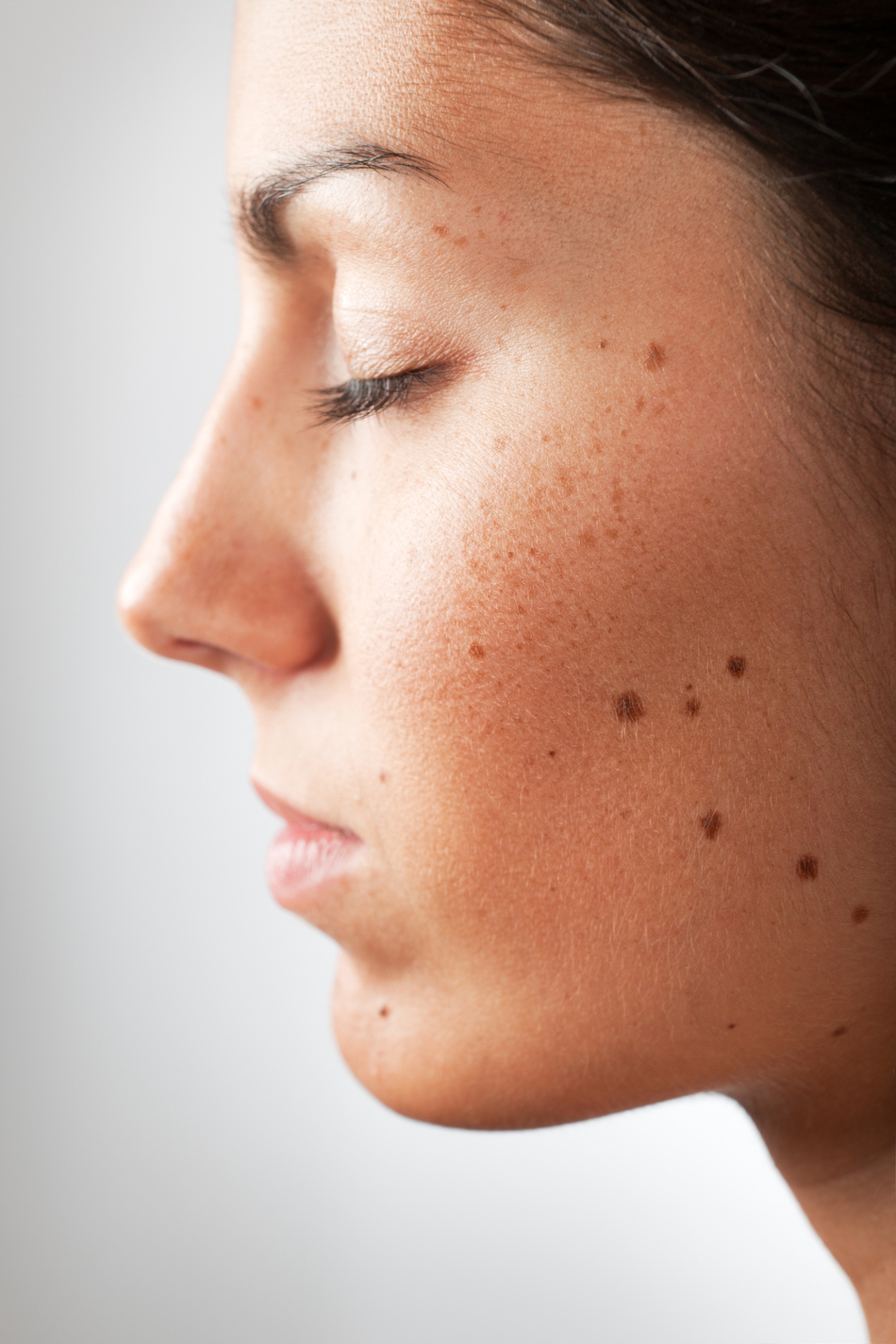
Episode Transcript
Announcer: Need reliable health and wellness information? Don't listen to the guy in the cube next to you. Get it from a trusted source, straight from the doctor's mouth. Here's this week's listener question on The Scope.
Interviewer: This is actually from several listeners with describing in detail their moles. Some have different colors, some have different shapes, some are in weird places. The basic question is, should I get this checked? What should we be looking for, and when should we go to a dermatologist?
Dr. Smart: That's a great question. I think a lot of people struggle with this because sometimes you'll go into your dermatologist, he'll look at it for two seconds, and say, "Nothing to worry about. What are you doing here?" Or that's how you feel, but you're still doing the right thing.
That's why dermatologists go to medical school, and years of training because sometimes it does take years of training to be able to identify that is nothing to worry about, and this, this one is. But unless you spend that five seconds in front of a dermatologist, you will never know. So any time, you're really noticing a mole or a spot that's growing or changing to the point where you are noticing it, then it's legitimate to have that chat.
Now if it's something that's been present for many, many years of your life, and it's changing very minimally, the chance that, that's something truly concerning is exceedingly low, nevertheless, it can be. So whenever you are noticing something like that, there's never a wrong answer, there's never a time when you should say, "Oh, I shouldn't go to my dermatologist for this because you don't know.
Interviewer: So you're saying if it's growing in size, if it's something that you notice, what about color, place?
Dr. Smart: The very classic things that every dermatologist will tell you this, there's the A, B, C, D, E's of growing and changing lesions. And A is asymmetry, B is border, C is color, D is diameter, and E is evolution. So if any of those things are happening to any given spot, if one side is getting bigger than the other, or its starting to get little projections, so that it's not symmetric, that's concerning. If the border is starting to become funny rather than smooth, then that's a possible issue.
If the color is changing. It used to be tan, used to be just this normal beige, and now all of a sudden now there's a little bit of red, and a little bit of dark brown, well that's an issue too. And then diameter, if it's getting past a certain size, or measurements, so if it's getting big then that's something to change. And evolution is just thrown in there just for a cover-all. If it's changing, then come get it looked at. But I think it's really simple, if something's concerning you, then there's no reason to lose sleep over it. It's easy to come get it checked out.
Announcer: You're listening to The Scope, powered by University of Utah Health Sciences. This is The Scope. Find us online at thescoperadio.com.